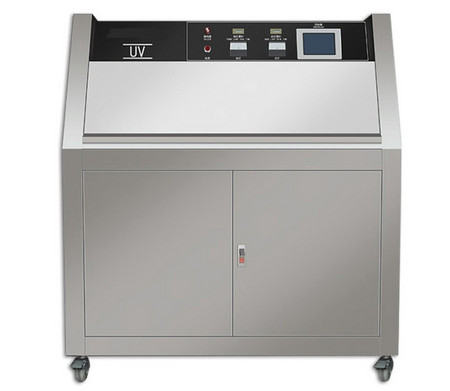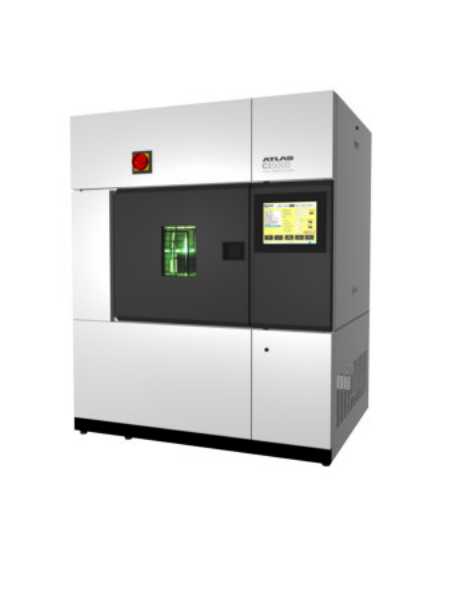
NewsInformation Center
ISO4892-1 ISO4892-3 ASTMG53 UV Aging Test Chamber
2023/07/27
ISO 4892-1 and ISO 4892-3 are international standards for the accelerated weathering of materials using xenon arc light sources. These standards provide guidelines for the exposure of test samples to simulated sunlight and other weathering conditions, and are commonly used in the testing of materials, coatings, and products to determine their resistance to weathering and aging over time.

ASTM G53 is another commonly used standard for the accelerated weathering of materials, using fluorescent UV lamps as the light source. This standard provides guidelines for the exposure of test samples to UV radiation and other weathering conditions.
UV aging test chamber is specialized testing equipment used to carry out these types of accelerated weathering tests in accordance with the relevant standards. These chambers simulate outdoor weathering conditions in a controlled environment, allowing researchers and manufacturers to evaluate the long-term durability and performance of materials and products.
The basic design of a UV aging test chamber typically includes a chamber with a UV light source, a sample rack for holding the test samples, and a system for controlling temperature, humidity, and other environmental conditions. The samples are typically exposed to UV radiation for a specified period of time, with regular measurements taken to monitor any changes in the samples' physical and chemical properties.
Some of the key features to consider when selecting a UV aging test chamber include:
1. Light source:
The type and intensity of the UV light source used in the test chamber can have a significant impact on the test results. Xenon arc lamps and fluorescent UV lamps are the most commonly used light sources for accelerated weathering tests, with each offering different advantages and limitations.
Xenon arc lamps emit a broad spectrum of light, including UV radiation, visible light, and infrared radiation, which can mimic the full range of outdoor weathering conditions. However, they are typically more expensive and require more frequent maintenance than fluorescent UV lamps.
Fluorescent UV lamps emit primarily UV radiation at specific wavelengths, which can be tailored to simulate specific outdoor weathering conditions. They are generally less expensive and require less maintenance than xenon arc lamps. However, they may not provide as accurate a simulation of outdoor weathering conditions as xenon arc lamps.
2. Sample size and capacity:
The size and capacity of the sample rack in the test chamber will determine the number and size of samples that can be tested simultaneously. Depending on the application, it may be necessary to test multiple samples of different sizes and shapes at the same time.

3. Environmental control:
The ability to control temperature, humidity, and other environmental conditions in the test chamber is critical to obtaining accurate and repeatable test results. The test chamber should include a system for monitoring and controlling these conditions, and for recording any changes over the course of the test.
4. Data collection and analysis:
The test chamber should include a system for collecting and analyzing data on the samples' physical and chemical properties, including changes in color, gloss, mechanical properties, and more. This data should be recorded and analyzed at regular intervals throughout the test to monitor the samples' behavior over time.
In summary, UV aging test chamber is specialized testing equipment used to carry out accelerated weathering tests on materials and products using UV radiation. These tests are conducted in accordance with international standards such as ISO 4892-1, ISO 4892-3, and ASTM G53, and are used to evaluate the long-term durability and performance of materials and products. When selecting a UV aging test chamber, it's important to consider factors such as the light source, sample size and capacity, environmental control, and data collection and analysis capabilities in order to obtain accurate and reliable test results.
Previous: What are the two types of tensile testing machines?
N e x t : Understanding the Factors Influencing Fabric Air Permeability Test Results




